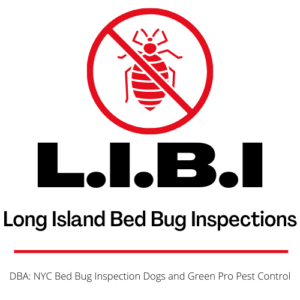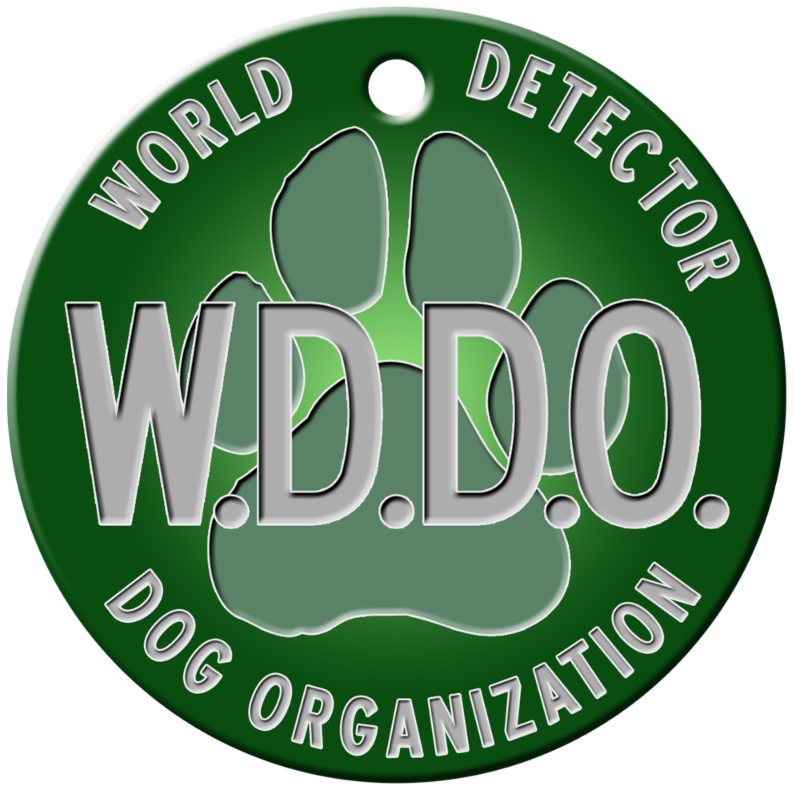Bed bugs are notoriously small and evasive pests. They lurk in carpets and crevices, hide in mattresses and bed linen, venturing forth at night to feed on unsuspecting sleepers. Any home can become infested with a colony of bed bugs. These nasty little parasites make no distinction between the rich or the poor and are just as happy infesting swanky uptown condos as they are setting up colonies in suburban working class homes.
As I say, bed bugs are small and evasive creatures and it can often be difficult to spot the early signs of a bed bug infestation. Sometimes the first indication that your home has become host to a colony of unwelcome pests is the appearance of bed bug bites on one or more members of your family. Which leads us to the big questions – “how do you spot a bed bug bite, and what should you do once you’ve been bitten?”.
Identifying Bed Bug Bites
Bed bug bites can often be as difficult to spot as the insects themselves. Typically, bed bugs will feed at night, often biting the host several times until finding a suitable spot from which to feed. Once the bed bug has found a desirable feeding spot it pierces the host’s skin and gorges itself on blood. This process can take several minutes, and in most cases the sleeping host will take no notice of the attack. Once the bed bug is full and satisfied it will detach from its victim and slink away to hide until the next feeding time.
Initially, bed bug bites are quite painless, and it can often take days before any physical signs appear on the skin. When the bites do become visible they typically look like small red welts. Bed bug bites can sometimes be mistaken for flea or mosquito bites, however they differ in two significant ways. Mosquito and flea bites generally appear around the ankles and feature a red spot in their center. Bed bug bites, on the other hand, can appear anywhere on the body and do not have a red dot in the center. Also, unlike most other insect bites, bed bug bites tend to appear in clusters with a developed zigzag pattern that can resemble a rash as opposed to a singular insect bite.
Allergies and Diseases
The good news is that bed bugs do not appear to transmit diseases to the their host victims. However, the bit of the bed bug does produce an allergic reaction in the victim. That is why some people are more susceptible to developing a bite pattern rash than others. This allergic reaction causes both the red welts and the accompanying itching that goes along with them.
Now, here is where it gets tricky. While the bed bug does not actually transmit disease, the itching associated with the insect’s bite can lead to trouble for the victim. Excessive scratching of the affected areas can cause the skin to break leading to a possible infection. This is why it is important not to dismiss a bed bug rash as simply a skin irritation. Fortunately, bed bug bites are fairly easy to treat.
Treatment of Bed Bug Bites and Rashes
The itching associated with bed bug bites can be easily treated with oral antihistamines and topical ointments such as calamine lotion. In extreme cases, where the allergic reaction has been severe or infection has set in due to constant scratching of the affected area, it is always wise to visit your physician or a local clinic for more aggressive treatments. Over time the welts will fade as the skin heals itself. This may take a while and it is important to avoid scratching the irritated areas so the healing process can run its course.
Treating the Infestation
Bed bug bites and rashes may be easy enough to treat, but it is vitally important to address the problem at its source. A bed bug infestation will not go away on its own, and the problem demands professional treatment. If you or someone in your household is getting bed bug bites you need to find the colony and have it eradicated before things can get any worse. A professional inspection is the first plan of action. Contact a reliable bed bug detection and elimination service, preferably one with a certified K9 detection team, and schedule an inspection as soon as possible. The inspection will determine the level of infestation and suggest a plan of action to eliminate any and all bed bug colonies once and for all.
Published by Scott Palatnik
If you believe you’ve brought bed bugs into your home or office, give us a call, we can help!
Now with 2 locations. On Long Island @ 516-619-6149, or in NYC @ 212-299-9186
We are Long Island Bedbug Inspections.
Your Bedbug Inspection, and Elimination solution.


